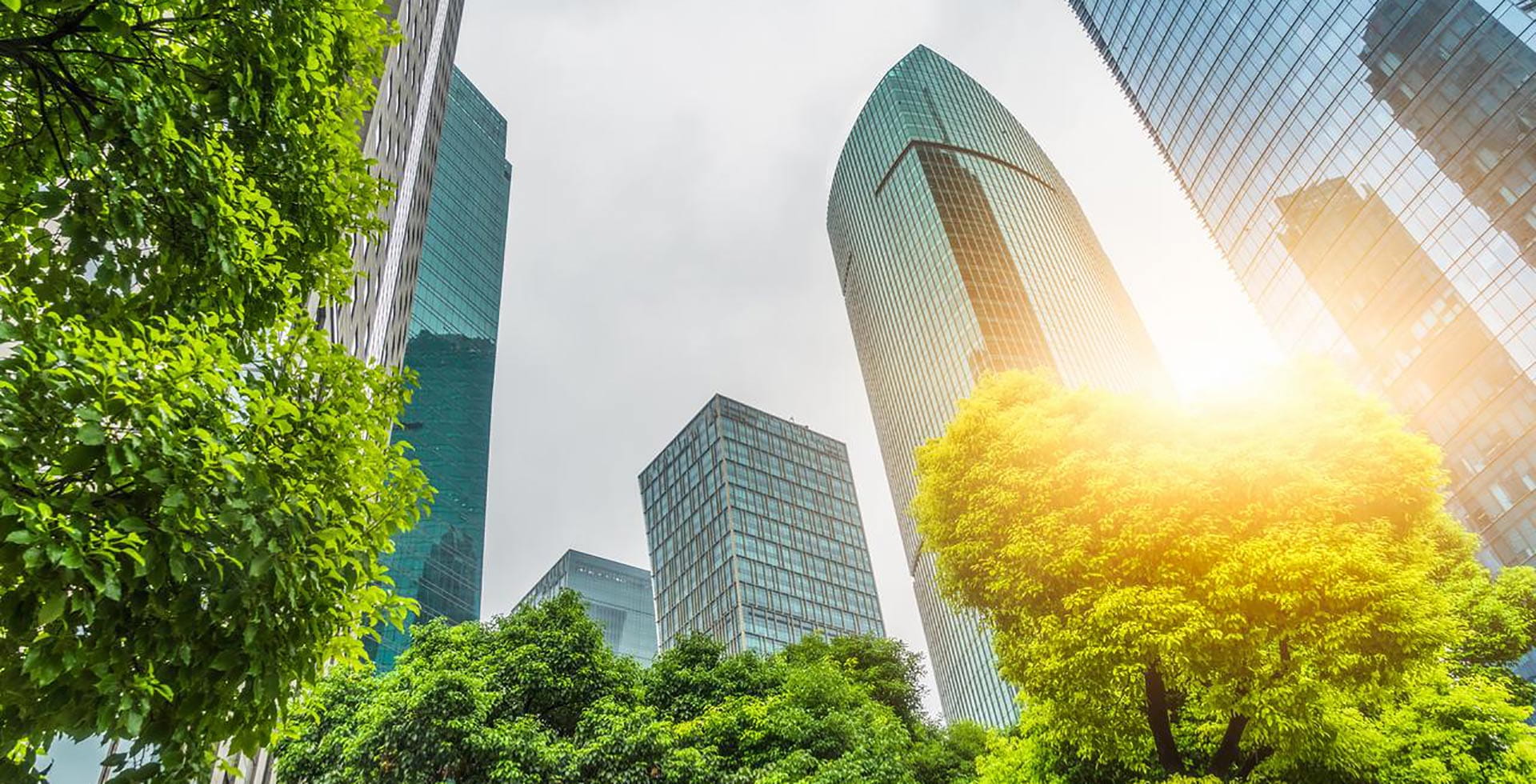Achieving Sustainability
Fuelling a new climate response

Commitment to sustainability has been tested this year against a backdrop of war, economic slowdown, and surging energy prices. Despite the difficulties, we believe these problems will ultimately serve to accelerate the energy transition and prompt investors to double down on opportunities for sustainable investing.
Key takeaways:
- We think any setback in the energy transition, due to the war in Ukraine, will likely be short lived as extreme weather events have shown the real impact of climate change
- The projected increase in clean energy spending could create investment possibilities in the enablers and beneficiaries of energy transition
- This year’s events have reinforced climate transition’s interplay with biodiversity and just transition and the urgency around targeted and positive impact outcomes
2022 has been an extraordinary year for climate with events prompting divergent near-term pressures. The “now or never” warning on climate by IPCC in April was followed by another summer of extreme weather events. The rising frequency and severity of these events was evident with the worst drought in Europe for centuries, major floods in Pakistan, and record-high temperatures in Europe and India. As well as causing huge suffering, there’s growing recognition of the major financial and economic risks from these extreme weather events.
Yet, at the same time, energy transition has had to take a back seat to energy security and affordability due to the war in Ukraine. Policymakers are reacting in different ways to Russia cutting back energy supplies to Europe including importing liquified natural gas (which has twice the environmental impact of natural gas), recommissioning coal-fired power plants, and resuming fossil-fuel exploration and production.
We believe this will be a short-term setback and the formal recognition of a deficient existing energy mix can fuel a J-curve response in 2023. This will lead to accelerated development of renewable programmes and the required technologies, where investors can both invest in and capitalise on these opportunities.
Determining the future energy mix
The problems with our current energy mix have been exposed and governments need to align on the future energy mix and collaborate on effective transition. Industry body models vary significantly, but some future energy trends are clear:
- Fossil fuels’ share of the mix needs to fall from around 80% today to 20-30%
- Renewable energy needs to increase from a 15% share to 60-80%
- Most models envisage the share of nuclear remaining significant, with some suggesting it needs to increase from around 5% to at least 10%.
Fossil fuels’ declining role requires the phasing-out of coal and oil consumption falling by up to 80%. Solar and wind power would need to rise by 20x and 10x respectively from 2020 levels and would need to be supported by expansions in hydrogen, bioenergy and carbon, capture, utilisation and storage (CCUS).
Identifying clean energy transition frontrunners and beneficiaries
There has been a sustained shortfall in energy infrastructure investment in recent decades, especially in Europe. The IRENA World Energy Transitions Outlook 2022 report estimates annual investment needs of USD 5.7 trillion through to 2030.
From an investment perspective, the projected increase in clean energy spending could create interesting possibilities in the growth potential of both enablers and beneficiaries of energy transition. Investing in solutions that address energy consumption patterns and evolving demand dynamics are just two of several pathways to support energy transition.
We look to identify, measure and invest in companies globally providing solutions through the whole value chain – including clean energy generation, efficient energy storage and sustainable energy consumption – aiming to contribute to the environmental and social objectives of the UN Sustainable Development Goals (SDGs).
Some of these opportunities may be in their infancy and seeking investment to help achieve scalability. These could include innovative technologies like hydrogen-based energy supply, new forms of energy storage,
and emissions-reducing innovations.
The need to engage
Engaging with company management is critical to fully understanding a firm’s climate positioning, measures and goals, especially for those at an early stage of transition. Company activities must also be judged within the context of the countries in which they operate – as such, collective engagement through industry body participation could potentially allow for effective promotion of transition across multiple stakeholders.
We have a longstanding commitment to stewardship in invested companies. Discussions on environmental topics, including climate change, accounted for over 20% of our engagement activities in 2021, and this proportion is expected to increase.
A key priority for us is that company disclosures and data align with “real” net-zero progression. In other words, we want to see evidence of commitments and actions to a genuine decarbonisation or carbon profile aligned with 1.5 degrees. Building on our own net-zero goals1 – and those of our parent, Allianz2 – we have enhanced our proprietary approach to this and how engagement complements it.
A tailwind for the energy transition
We are aware of the backlash against ESG in some quarters, and how geopolitical and economic factors have taken precedence over climate action in recent months. However, we believe a combination of focusing on quality measures, and the very real risk materiality of failing to meet net zero, will develop into a heightened focus and tailwind for energy transition. What’s more, the events of this year have reinforced climate transition’s interplay with biodiversity and just transition. A more exacting approach to measuring sustainability will drive towards targeted and positive impact outcomes.
In short, sustainability faced its first real test in 2022 and enters 2023 bruised but better positioned to potentially achieve credible transition. The needs for solutions across all threads of sustainability have never been felt more keenly, and we will engage and collaborate with clients to help shape the pathways and transition towards a better future.






